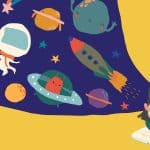by Chelsea Kowalski
With so much unknown about the universe and space itself, students (and teachers too!) find themselves with a myriad of questions: What does life look like in space? What are the origins of the constellations? What lies beyond what we have already explored? What does zero gravity feel like? Books are an incredible way for students to explore some of these questions and inspire them to learn more about space. Below is a diverse selection of titles that shine a light on the incredible phenomena that exist both in our sky and in space. Every book offers an opportunity for readers to delve deeper into space exploration and learn more about the science behind some of the universe’s greatest mysteries.
For younger readers, here are some books that provide both entertainment and education about space and what lies above us and beyond:

The Explorers Club by the Canadian Space Agency
With astronaut David Saint-Jacques’s personal experiences of reading stories to his children from space, the Canadian Space Agency developed an e-book about a group of young explorers who set off on a fantastical journey through space, chasing after their dog, Chewie. The book is available online, on video, and in downloadable format.
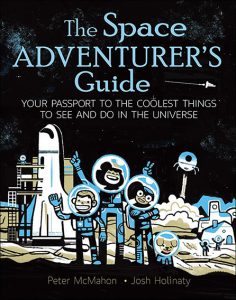
The Space Adventurer’s Guide: Your Passport to the Coolest Things to See and Do in the Universe by science journalist Peter McMahon, with illustrations by Josh Holinaty (Kids Can Press, 2018). Age Recommendation: 8 to 12
Your very own travel guide to creating the perfect space adventure, from learning how to withstand extreme G-force, to packing the right lunch, to choosing the best time for a walk on the moon. With tons of science lessons, fun facts, and photographs, this book is key to a good space vacation.
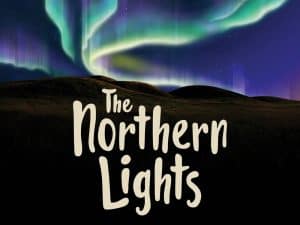
The Northern Lights by writer Diane Ellis (Inhabit Education, 2018). Age Recommendation: 5 to 7
Part of the Nunavammi Reading Series, this book is all about the northern lights that come into view in Iqaluit, Nunavut, including the stories surrounding them. Available in English, Inuktitut, and Inuinnaqtun.
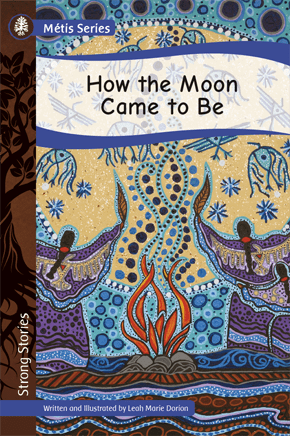
Strong Stories Métis: How the Moon Came to Be by Métis artist and lecturer Leah Marie Dorion (Strong Nations, 2018). Age Recommendation: 9 to 12
As part of the Strong Stories: Métis series, this book focuses on the traditional Métis story of the creation of the Moon, including how Mother Earth and Grandmother Moon got their names.
For more experienced readers, here are some books that explore questions about Indigenous star knowledge, the thrill of space travel, and the history of Canadian space exploration.
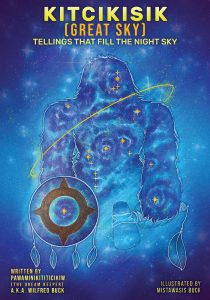
Kitcikisik (Great Sky): Tellings that Fill the Night Sky by Ininiw/Cree Knowledge and Dream Keeper Wilfred Buck with illustrations by Mistawasis Buck (Indigenous Education Press, 2021). Age Recommendation: 13+
Wilfred Buck explains the origins of several constellations, including Mista Muskwa (Great Bear), Mistatim (Horse) and Ocik (Fisher). This work is complete with Cree terms and syllabics, as well as maps of the constellations and original artwork.
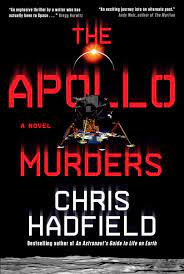
The Apollo Murders by former astronaut and ISS commander Chris Hadfield (Penguin Random House Canada, 2021). Age Recommendation: 13+
Set in 1973, this thriller combines incredible technical details about space exploration with the suspense and excitement of space travel and the fight for survival among hidden dangers.
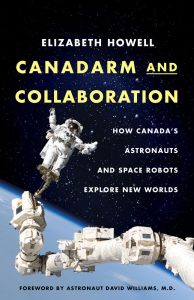
Canadarm and Collaboration: How Canada’s Astronauts and Space Robots Explore New Worlds by space writer Elizabeth Howell (ECW Press, 2020). Age Recommendation: 13+
This book provides a deep dive into Canada’s role in international space exploration and how the development of the Canadarm started our national astronaut program. Inside are interviews with some of the most prominent astronauts, politicians, and key players in space exploration for the past four decades.
